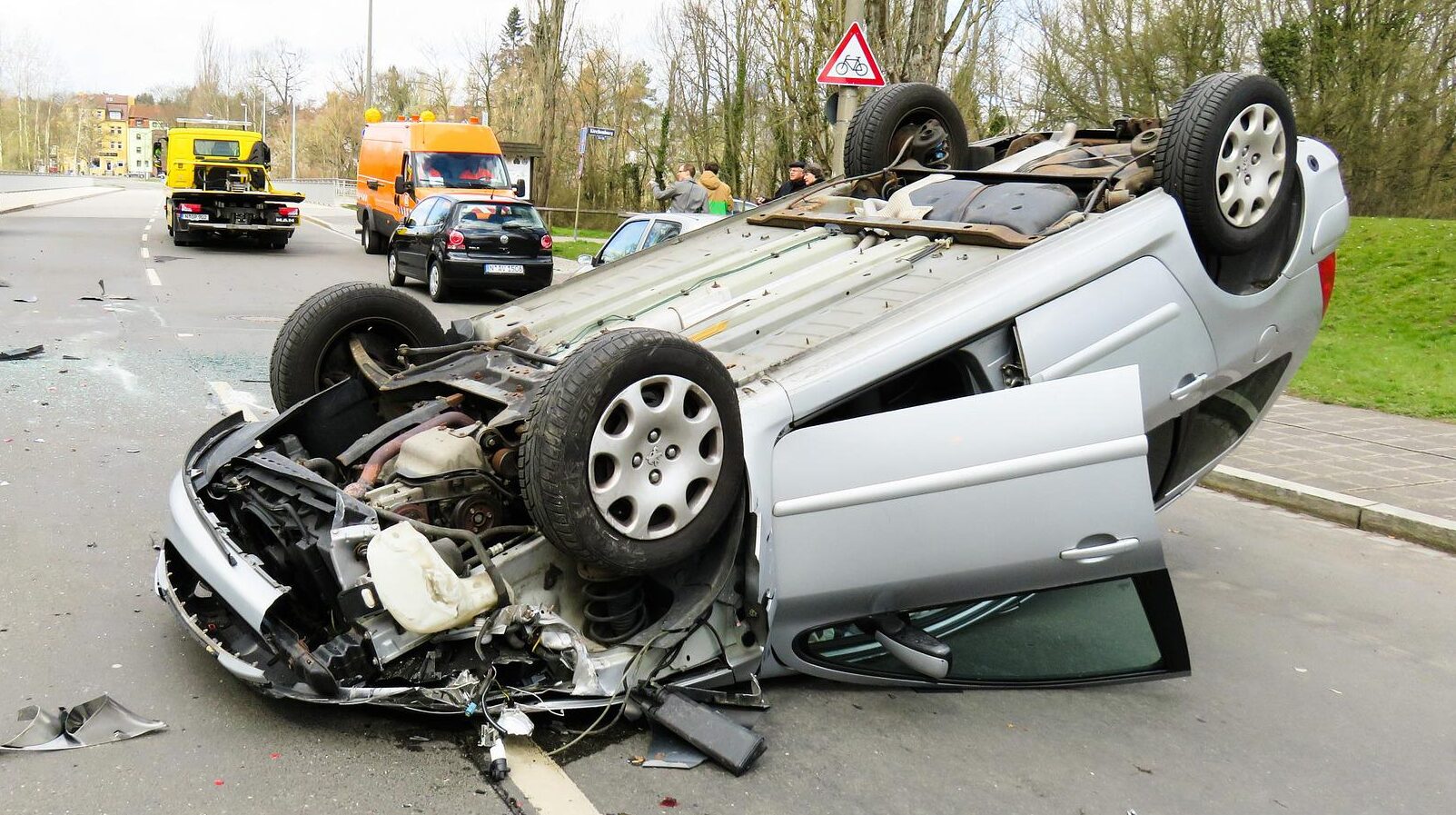Sara Odoardi, Giulia Biosa, Serena Mestria, Valeria Valentini, Nadia De Giovanni, Francesca Cittadini, Sabina Strano Rossi
The present study focuses on the association between road accidents and the presence of drugs of abuse markers in the biological fluids of the drivers. Biological fluids collected from 1236 drivers involved in road accidents (54 fatal and 1182 non-fatal crashes) in the Rome area were analyzed for alcohol and psychotropic drugs, as required by judicial authorities. The substance most frequently detected was alcohol (in 19% of non-fatal and 32% of fatal crashes), followed by cannabinoids (12% of non-fatal crashes) and cocaine (9% of non-fatal and 20% of fatal crashes). The results obtained for cocaine and cannabinoids in blood and urine were compared. We observed the absence or low concentrations of the active drug in blood (cocaine was often below 5 ng/ml and THC below 1 ng/ml), whereas urinary concentrations of metabolites were generally high (benzoylecgonine 250-above 5000 ng/ml, THCCOOH 15-270 ng/ml). The risk of being involved in a road accident if cocaine or cannabis markers were present in the urine specimens was evaluated compared to a control population. The odds ratios calculated, being 8.13 for cannabis and 5.32 for cocaine, suggest a strong association between the presence of these drugs in the urine of drivers and traffic accidents, regardless of their presence in blood samples. The present data suggest that the chance of being involved in a road accident is higher than in the control population even if the subject is no longer “under the influence” of cannabis or cocaine at the time of the accident.
Keywords: DUI; cannabis and impairment; cocaine and impairment; forensic toxicology; motor-crash risk.
- PMID: 36082405
- DOI: 10.1002/dta.3366
- https://analyticalsciencejournals.onlinelibrary.wiley.com/doi/pdf/10.1002/dta.3366

